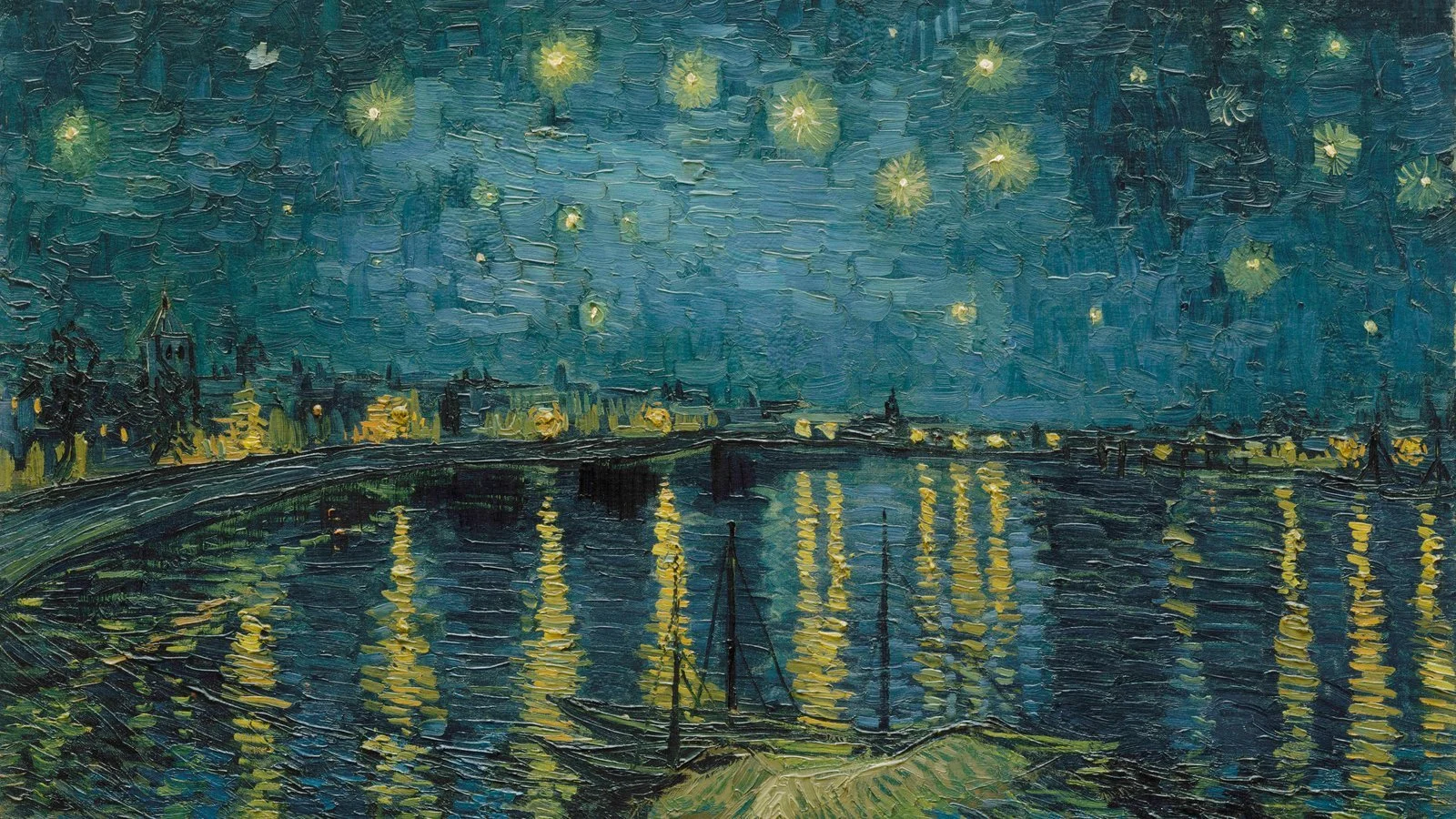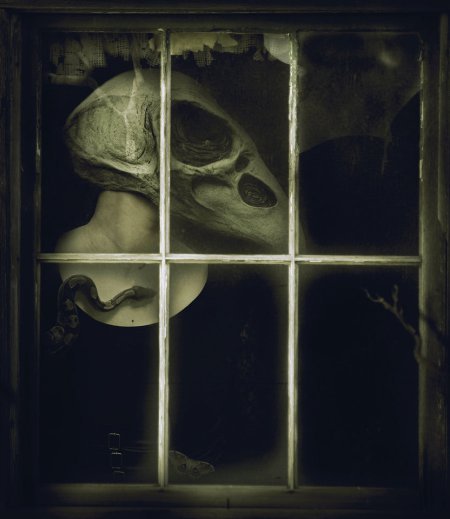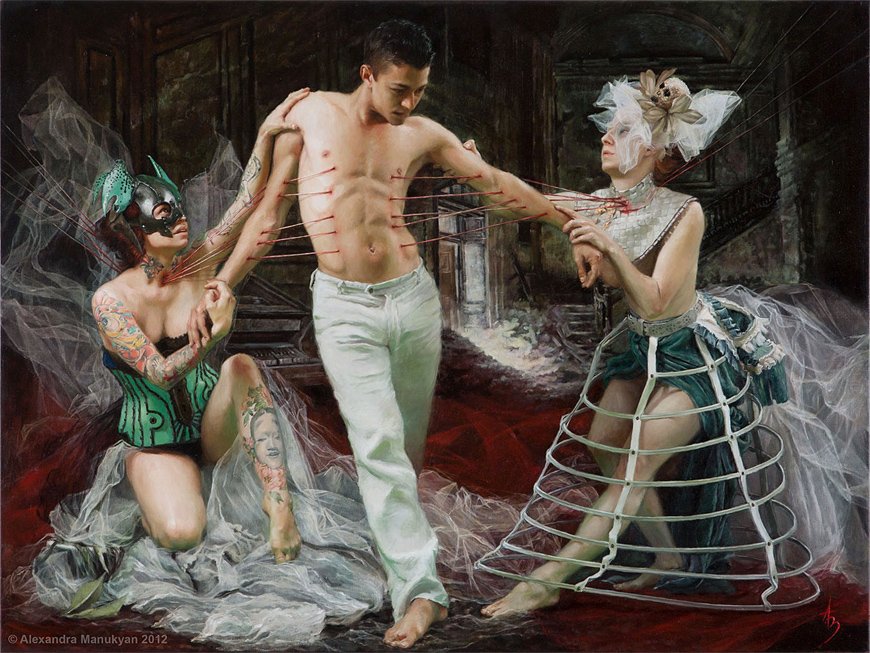Flower Meanings - a couple of books
There is a rich history of the symbolism of flowers. Attaching meanings to flowers and trees was a well-established tradition long before the Victorians picked up the mantle. I find it rather sad that the language of flowers has become such an underused resource in the toolkit of modern-day mystics and diviners. I think most of us are introduced to flower meanings as kids, whether it was pulling petals off whilst chanting loves me, loves me not. Or shoving buttercups under a friend’s chin to see if they liked butter. Another common myth from my childhood was that picking poppies would make you piss the bed, although I know this one to be false after testing it myself on more than one occasion just to prove a point.
Whilst childhood games later proved to be bullshit; they didn’t lessen my enthusiasm for magical association. The dictionaries of the Victorian era were based on ideas imported from the East. They served a valuable purpose in a period of time known for its inhibitions around the body. Unique meanings were attached to each flower, enabling the sender to construct a carefully crafted message — although the ability to decipher meaning largely depended on owning a dictionary. All religions have specific plants, trees, and flowers that are sacred — a practice that goes back a couple of thousand years. Evidence from the Indus Valley civilisation (2500 B.C.E - 1700 B.C.E) has been found to show a connection between plant symbolism and positions of power. Earlier still, we have evidence from Mesolithic graves in Israel dating from over 11,000 years ago that people were buried with carefully arranged plants and flowers, suggesting complex death rites steeped in symbolic meaning. So, anyway, I made a start on collection material for study and figured I’d share it as I go along. This isn’t an in-depth review, nor does it look at the content too closely — it’s more of a head’s up on what might be useful and hopefully avoid wasting money on stuff you don’t need nor want.
Written by Ruth Binney in 2016, Plant Lore and Legend: The wisdom and wonder of plants and flowers revealed is a hardback 140-ish page book that looks at the folklore of trees and flowers and contains a lot of quirky information. Whilst it references some old meanings, the book's value lies in its breadth of scope. It’s packed with superstition and covers myths and legends from around the world. Binney gives good historical references when relevant, but it’s a real shame she didn’t include a bibliography at the end of the book. It’s a great little book for finding ideas but not something I’d use as a regular reference book. There will be more detailed offerings out there, but for its price and size, I think Plant Lore and Legend is very good value for money. The book is nicely structured and uses ink illustrations to break up the different sections. It'll probably fall short of expectation and need if you’re looking for something purely for magical or divination purposes. If you like folklore and superstition and welcome additions to the bookshelf that promote inspiration and ideas, you’ll love it. Ruth Binney has extensive experience when it comes to researching plant lore and has other books available if you’re drawn to her style — I’m eyeing up Weeds on Trial as I type.




The Complete Language of Flowers is a gorgeous book and my favourite so far. Written by S. Theresa Dietz and published in 2020, it contains references to 1,001 flowers. The information covers the Latin name, common names, symbolic meanings, possible powers, folklore, and facts. Some flowers have additional specific colour meanings, and the depth of information varies. The book lists the flower under their Latin name, but the index contains common names to make it easy to find what you’re looking for. It’s a fantastic guide and completely adequate to use for witchery purposes. I don’t think any of us ever rely on one source only, but if you’re looking for one book on flower meanings, this could be the one. Because I was unexpectedly given a daisy chain yesterday, I’ll use that as an example: After listing all known names, the book says — Symbolic Meanings: Beauty; Beauty and innocence; Cheer; Childlike playfulness; Contempt for worldly goods; Creativity; Decisions; Do you love me; Faith; Forever-young attitude; Gentleness; Gentleness on behalf of both giver and recipient; Happy-go-lucky; I partake your sentiments; I share your sentiments; I will think of it; I’ll never tell; Innocence; Loyal love; Purity; Simplicity; Simplify; Strength; You have as many virtues as this daisy has petals.
Possible Powers: Divination; Divination for love; Heightened awareness; Inner strength; Love; Lust.
Folklore and Facts: Bellis perennis is a sentimental and much-loved flower among lovers, poets, and children. It was once believed that if a Bellis perennis chain were wrapped around a child, the flower chain would protect the child from being stolen by fairies. If you sleep with a Bellis perennis root under your pillow your lost lover may return. Wear a Bellis perennis flower to bring you love. It was once believed that whoever it is that picks the very first Bellis perennis flower of the season will be uncontrollably flirtatious.


The Language and Sentiment of Flowers is another small hardback written by James D. McCabe and first published in 2003. It claims to be a complete dictionary of the Victorian flower language that descended from the established Middle-eastern tradition of flower meanings. Part one contains the flowers and associated keyword meanings, and I feel I should stress the point that it only gives a word or two for each flower. Part two is listed by keyword meaning and associated flowers. I didn’t count but would guess there are in excess of 800 flowers listed. I do think the information is presented very well and it’s clearly a decent-sized list. I don’t think it was worth the money and considering it was the same price as The Complete Language of Flowers (actually a few pennies more) it seems a bit of a rip-off. If you’re looking for something that specifically covers Victorian meanings, I think it’s a relatively good investment but I’d still be tempted to suggest finding a cheap second-hand copy. Honestly, the content is nice and clear, the only gripe I have is that I think it is poor value for money. Witches and diviners could certainly make use of it and the meanings may well be interesting if used as a guide in everyday life. The book would be useful for those instances of being gifted flowers unexpectedly or looking for quick ideas of what to plant to encourage and attract specific energies into life. The information isn’t deep nor complex so you would need to flesh it out for yourself if using it for divinatory or self-development purposes.
I bought The Pre-Raphaelite Language of Flowers because I thought it might be useful when looking at imagery created during that period. It’s of no use to witches or diviners but might be interesting if you love art history, specifically the timeframe the book is focused on. Written by Debra N. Mancoff and published in 2003, it features over thirty-five paintings and a page of detailed descriptions about the flower's presence in the painting. There are a handful of obvious choices here; Millais’ Ophelia, 1851-52, and Spring (Apple Blossoms), 1859. Rossetti’s Venus Verticordia, 1864-68, and Ecce Ancilla Domini, 1849-50, as well as Waterhouse’s Hylas and the Nymphs, 1896, and The Soul of the Rose, 1908. The language of flowers was a big deal during the years the painters were active, so, unsurprisingly, great significance was placed on their additions to paintings. The symbolic meanings in art have a long-standing history, and many contemporary artists and their critics still pay attention to such details. Although limited in scope, this book is fairly good value for money. It would’ve been nice if it contained more examples, but I think it does a great job of getting the viewer of a picture to think a little more deeply about what they’re seeing. As I already mentioned, it’s useless for magical purposes, but an interesting read nonetheless.
I know it’s not a book, but — There’s a really sweet oracle called The Language of Flowers that comes in a tiny box with a magnetic strip to keep the lid closed. The forty cards contain some of the most commonly found flowers and are meant to be used as a daily prompt for meditation, thought, or direction. There is no instruction booklet which means we have no additional information on the meaning other than what is stated on the card. Those who have a deeper understanding of the language of flowers can probably manage without referring to other sources. For those lacking in the deeper knowledge department, the card prompt alone is enough to act as a reference point for meditation or as a focal point for a specific issue. I haven’t cross-referenced every flower, but it’s likely they don’t correlate to the Victorian meanings. For example, the card Peony says Health: Focus on all parts to make the whole. The Language and Sentiment of Flowers gives Anger, bashfulness and shame. The Complete Language of Flowers also gives anger, bashfulness, shame as well as beauty, bravery compassion, healing, loyalty, an omen of good fortune and happy marriage and ostentation, unrealised desires and loyalty. The card for Orange Blossom says Enthusiasm: The best can be here, believe it. The Language and Sentiment of Flowers gives Chastity: Your purity equals your loveliness. The Complete Language of Flowers gives the symbolic meanings of eternal love, generosity, and innocence. The book further points out that the Victorians prized Orange Blossom as a bridal flower, and the Chinese saw it as a symbol of good luck and good fortune. I feel marginally irked the creator didn’t stick to traditional meanings, but it’s a sweet little oracle and perfect as a tool to prompt direction for affirmations or meditations.
I’ve seen a handful of nature-based tarot decks and oracles I’d like to own, but not until I’ve connected with the stack I already have. I feel lucky to have at least six decks I can work with daily but should probably stick to one as a focal point and get anchored for a while. Or maybe not. . .

































